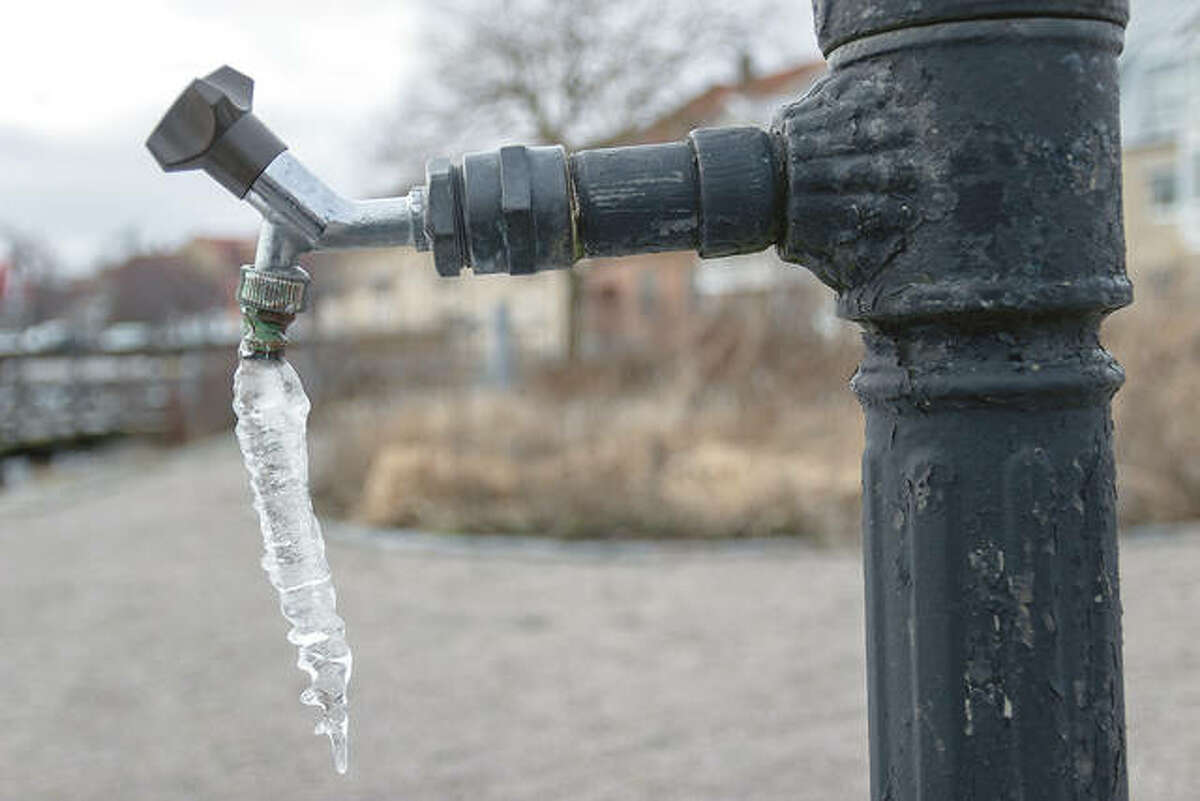Any individual has got their own piece of advice in relation to Helpful Tips to Prevent Frozen Pipes this Winter.

Cold weather can ruin your pipes, specifically by freezing pipelines. Here's exactly how to avoid it from occurring and what to do if it does.
Introduction
As temperatures drop, the risk of icy pipelines boosts, potentially causing expensive repair work and water damage. Understanding just how to stop frozen pipes is critical for house owners in cool climates.
Prevention Tips
Shielding susceptible pipelines
Wrap pipelines in insulation sleeves or use heat tape to shield them from freezing temperatures. Concentrate on pipes in unheated or external areas of the home.
Home heating techniques
Keep indoor spaces adequately heated up, specifically locations with plumbing. Open up closet doors to permit warm air to distribute around pipelines under sinks.
How to identify frozen pipes
Seek decreased water flow from faucets, uncommon odors or sounds from pipelines, and noticeable frost on revealed pipes.
Long-Term Solutions
Structural adjustments
Think about rerouting pipes away from exterior wall surfaces or unheated locations. Add added insulation to attic rooms, basements, and crawl spaces.
Updating insulation
Purchase top notch insulation for pipelines, attic rooms, and wall surfaces. Correct insulation assists maintain consistent temperature levels and decreases the risk of frozen pipelines.
Shielding Outside Pipes
Garden tubes and outside taps
Detach and drain pipes garden pipes before wintertime. Mount frost-proof spigots or cover exterior taps with insulated caps.
Recognizing Icy Pipes
What triggers pipelines to ice up?
Pipes freeze when subjected to temperature levels listed below 32 ° F (0 ° C) for expanded periods. As water inside the pipes freezes, it expands, putting pressure on the pipe walls and possibly triggering them to rupture.
Dangers and problems
Frozen pipes can cause water system interruptions, residential or commercial property damage, and expensive fixings. Burst pipes can flooding homes and create substantial structural damages.
Indications of Frozen Pipeline
Recognizing icy pipes early can avoid them from rupturing.
What to Do If Your Pipelines Freeze
Immediate actions to take
If you suspect frozen pipelines, keep taps open up to ease pressure as the ice thaws. Use a hairdryer or towels taken in hot water to thaw pipes gradually.
Final thought
Preventing frozen pipelines requires positive measures and quick actions. By recognizing the causes, indications, and safety nets, homeowners can safeguard their plumbing during winter.
5 Ways to Prevent Frozen Pipes
Drain Outdoor Faucets and Disconnect Hoses
First, close the shut-off valve that controls the flow of water in the pipe to your outdoor faucet. Then, head outside to disconnect and drain your hose and open the outdoor faucet to allow the water to completely drain out of the line. Turn off the faucet when done. Finally, head back to the shut-off valve and drain the remaining water inside the pipe into a bucket or container. Additionally, if you have a home irrigation system, you should consider hiring an expert to clear the system of water each year.
Insulate Pipes
One of the best and most cost-effective methods for preventing frozen water pipes is to wrap your pipes with insulation. This is especially important for areas in your home that aren’t exposed to heat, such as an attic. We suggest using foam sleeves, which can typically be found at your local hardware store.
Keep Heat Running at 65
Your pipes are located inside your walls, and the temperature there is much colder than the rest of the house. To prevent your pipes from freezing, The Insurance Information Institute suggests that you keep your home heated to at least 65 degrees, even when traveling. You may want to invest in smart devices that can keep an eye on the temperature in your home while you’re away.
Leave Water Dripping
Moving water — even a small trickle — can prevent ice from forming inside your pipes. When freezing temps are imminent, start a drip of water from all faucets that serve exposed pipes. Leaving a few faucets running will also help relieve pressure inside the pipes and help prevent a rupture if the water inside freezes.
Open Cupboard Doors
Warm your kitchen and bathroom pipes by opening cupboards and vanities. You should also leave your interior doors ajar to help warm air circulate evenly throughout your home.

I'm just very serious about Prevent Frozen Pipes and I am hoping you enjoyed the new entry. Don't hesitate to take the opportunity to share this blog posting if you liked it. Thanks for taking the time to read it.
Call Today